Tired of the growls and stink-eye every time dinner hits the floor? Managing your dog's food-related aggression doesn't have to feel like a showdown. You can teach your pup to chill at mealtime and keep your fingers intact.
Some dogs guard their bowl like it's made of gold. That's where the right training flips chaos into calm. Think sass-free dinners and zero drama. All it takes is patience, snacks, and a little know-how. Let's turn that food fight into a peaceful chow-down.
What Is Food Aggression in Dogs?

Food aggression is when your dog turns into a total drama queen over mealtime. Growling, stiff posture, hovering over the food dish, yep, that's food-related aggression. It might sound wild, but it's a learned behavior rooted in canine instinct.
Why does it happen? Maybe they had to compete with other dogs before. Maybe they're just extra about their kibble. Either way, it's not necessarily bad behavior but something that needs proper guidance.
Dog-To-Dog vs. Dog-To-Human Food Aggression
Dog-to-dog food aggression can get loud and messy fast. Snarling over the food bowl is risky for both canines. This is about guarding food from other dogs, not from dog owners.
Now, dog-to-human food aggression is a bigger deal. Your pup growls or snaps when you walk too close to their dish. That's not just spicy attitude but a safety issue. Both types of aggressive behavior need different approaches, but they're fixable with time and the right training process.
How to Spot the Warning Signs of Guarding Behavior
Guarding behavior doesn't start with full-on aggression. It sneaks in with subtle signs. Watch for stiff bodies, tense tails, side-eyes, and that "don't even think about it" look near the food.
Some pups freeze when you approach. Others hunch over their bowl like a dragon protecting treasure. You might even hear a low rumble if you push your luck. These little hints matter. Catching the attitude early means you've got a better shot at stopping food aggression altogether.
Why Dogs Become Food Aggressive Around Food

Food aggression in dogs could be due to instinct, past baggage, or plain confusion. Knowing the "why" helps fix the "what now?"
- Evolutionary Instincts and Resource Guarding. Back in the wild, wild animals had to protect their food or go hungry. That mindset didn't disappear. Your canine companion might think guarding their meal is normal behavior.
- Past Trauma, Insecurity, or Inconsistent Feeding Routines. Did your pup come from a tough background? Were they fed late or rarely? That stress sticks. Inconsistent meals or sharing food with other pets can teach them to guard it like a pro.
Dog-To-Human Food Aggression: What You Need To Know
When your dog growls at you over grub, that's dog-to-human food aggression, and yeah, it's serious. They're treating you like competition, not the hand that feeds.
Your pup could be feeling unsure or protective. Maybe they're scared you'll take their food. Maybe they've learned that protecting gets results. Either way, you've got to handle it with smarts, calm energy, and the right kind of training.
Common Triggers and High-Risk Situations
Knowing the red flags helps keep everyone safe. These moments can set off meal-related aggression fast:
-
Reaching for or walking too close to your dog's bowl
-
Approaching while your dog eats or chews a high-value treat
-
Kids or other pets in the mix during mealtime
-
Feeding in the same place as many dogs (hello, competition!)
-
Swapping food items, changing bowls, or removing an empty food bowl
How to Safely React When Your Dog Guards Food From You
First rule: don't freak. Stay cool, breathe, and remain relaxed, even if your dog's giving serious stink-eye. Here's what to do instead:
-
Don't reach, grab, or yell. Back away slowly.
-
Use a calm voice to defuse the moment.
-
Toss a favorite treat from a distance to redirect focus.
-
Make a mental note of the trigger. Was it a special treat or a surprise move?
-
Plan your next training session to tackle your dog's behavior around food.
Dog-To-Dog Food Aggression in Multi-Pet Homes

Living with multiple dogs can feel like running a pack, and mealtime is when the drama can pop up. One pup might guard the food bowl, while the other just wants dinner in peace. Fights can break out fast if there's tension, jealousy, or confusion about whose dish is whose.
Training gets even trickier when there's more than one snout in the kitchen. The fix? Structure, space, and a whole lot of chill.
Recognizing Tension Between Dogs at Mealtime
Dog-to-dog food aggression usually starts with body language, not brawls. Catching these cues early can save you from a full-blown showdown:
-
Intense staring or stiff posture near the food bowl
-
One dog hovering too close to another's dish
-
Growls, lip curls, or frozen body movement
-
One pup waiting until the other walks away to eat
-
Quick lunges or snapping when one dog approaches the bowl
Managing Feeding Spaces To Reduce Competition
Want fewer growls and more tail wags? Try this setup:
-
Feed each dog in a separate room or behind a gate.
-
Use different bowls to avoid mix-ups.
-
Stick to a consistent routine, so nobody feels rushed.
-
Rotate feeding spots if one pup starts guarding a specific place.
-
Avoid feeding on shared furniture or tight spaces.
Food Aggression Training Basics for All Dogs

The key to successful training is keeping it chill and consistent. Keep in mind these basics:
- Never Punish—Reward Calm Behavior Instead. Harsh reactions only fuel fear. Catch your pup doing something right? Throw a treat party!
- Keep Sessions Short, Positive, and Consistent. Five minutes is plenty. Keep it upbeat, and repeat often.
- Build Trust With Confidence-Building Exercises. Try hand-feeding, gentle commands, and staying calm. The goal is to make your dog feel secure, not on edge.
Training Tips for Dog-To-Human Food Guarding
Start simple. Respect your dog's space, but don't avoid the issue. Build trust using patience, tasty treats, and calm energy. That trust turns tension into tail wags. Ready for next-level help? The next few tips explain how to take back mealtime without the drama.
The Trade-up Method and Desensitization
The trade-up method teaches your dog that your approach means bonus snacks, not stolen meals. Start by calmly walking near while they eat, then drop a high-value treat a few feet away. Back off and let them choose.
With repetition, your pooch begins to link your presence to something awesome. That's desensitization in action. Instead of reacting with tension, your pup starts wagging their tail when you walk by.
Hand-Feeding and Proximity Training
Hand-feeding turns you into the giver of all good things. Start slow. Let your dog take food gently from your palm. Over time, inch closer to where their bowl usually sits. This builds comfort and trust.
Proximity training helps your furry friend chill when someone's nearby. Mealtime becomes a moment of connection, not a battlefield.
Avoid Sudden Movements or Grabbing the Bowl
Fast moves can feel like a threat to our canine friends. Snatching their bowl mid-meal can spark fear, tension, or worse, a bite. Instead, move slowly and stay calm.
If you need to step in, trade up with a treat first. Let them know you're not there to steal dinner. Over time, gentle movements and predictable actions help your pet stay cool during meals.
Training Tips for Dog-To-Dog Food Aggression

Set the training tone with structure. Give each dog their own space, their own food bowl, and their own moment to shine. Focus on calm vibes and clear rules. That means no hovering, no stealing, and definitely no side-eye during meals. Let's keep the peace, one bowl at a time.
Feed Dogs Separately To Prevent Conflict
Separate feeding keeps the peace and protects everyone's dinner (and dignity). Set each dog up in their own separate room or space. Close doors, use baby gates, or give each pup their corner.
When mealtime feels private, there's less pressure to guard food. Once the last crumb's gone, they can reunite like nothing happened. It's simple, smart, and way less chaotic.
Use Visual Barriers or Crates During Meals
Throw up a wall, literally. Visual barriers like baby gates or crates create personal space without drama. Each dog gets their own zone, their own bowl, and their own peace of mind. This setup helps them focus on eating, not competing.
Once they're done, remove the barriers and let the good vibes return. It's like giving your pups their own VIP booths at the dinner party.
Reintroduce Group Feeding With Structured Reinforcement
Once your dogs can eat solo without drama, it's time for a little reunion. During this time, structure is everything. Start small. Feed them in the same room but at a distance. Reward calm behavior with a tasty treat.
If anyone gets edgy, pause and try again later. Over time, they'll learn that good manners = good snacks. Mealtime can be peaceful, yes, even with many dogs in the mix.
Related Post: Aggressive Dog Training: Proven Techniques for Success
Tools and Natural Aids To Support Training
Tools and natural aids help take the edge off and keep your dog's focus on what really matters: good behavior and tasty food. Whether your pup needs to chill out or slow down during meals, the right support makes all the difference.
From special dishes to calming vibes, there are ways to make training smoother. Next up? The tools that bring peace to the bowl.
Puzzle Feeders and Slow Bowls To Reduce Tension
Puzzle feeders and slow bowls force your pup to work for their food, which keeps their brain busy and their body calm. These tools turn mealtime into a game, not a race. They help reduce gulping, resource guarding, and all that "mine, mine, mine" energy.
Plus, they're just fun! When your dog's focused on solving a snack puzzle, they're way less likely to guard their bowl like it's Fort Knox.
Calming Aids Like CBD To Promote a Calmer Demeanor
Some dogs need a little chill when the feeding bowl gets filled. That's where calming aids like CBD (cannabidiol) come in. These natural products may help ease tension and support relaxed behavior. CBD is a plant-based option that interacts with your dog's endocannabinoid system (ECS) to promote a calmer vibe and possibly avoid aggressive reactions during meals.
Want to calm a feisty eater? Check out HolistaPet's calming collection of CBD treats, soft chews, tincture oils, and capsules. All our products are natural, vegan-friendly, non-GMO, vet-approved, and third-party lab-tested, so you know you're getting the best. Calm dog, calm dinner. Win-win!
Keep a Calm, Predictable Feeding Schedule
Feeding at random times just adds stress. A set schedule brings peace, predictability, and fewer freak-outs. Feed in the same place, around the same time each day. Avoid surprise meals or last-minute changes.
Over time, your pooch learns that food will come; no guarding needed. It's simple but seriously powerful in reducing food aggression.
When To Work With a Professional Trainer
Sometimes, even your best efforts hit a wall. If the aggressive behavior gets worse or feels risky, it's time to call in a pro. Don't wait for a serious bite to ask for help.
Look for a certified dog trainer or behaviorist who's worked with canine food aggression. Read reviews, ask about methods, and make sure they use positive reinforcement. The right expert can guide you, step-by-step, through even the toughest cases. You're not failing; you're being smart.
Final Thoughts – Reducing Food Aggression in Dogs
Food aggression training isn't about fixing a "bad dog" but about teaching better habits with patience and heart. With the right tools, structure, and snacks, even the growliest pup can learn to chill at mealtime.
Keep it calm, keep it consistent, and don't be afraid to call in the pros. And hey, if you need an extra boost, HolistaPet's calming products are a great place to start. Less tension, more tail wags—that's the goal, right?
Browse More Dog Care Blogs!





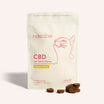
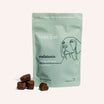
![Probiotics For Dogs [Soft Chews] - HolistaPet](http://www.holistapet.com/cdn/shop/files/Probiotic-Infographic-1_472d7a29-e30c-435a-9638-1365d8c3a9f9.jpg?v=1725384841&width=104)
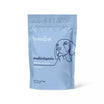

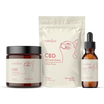
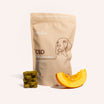
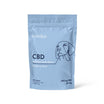
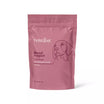
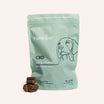
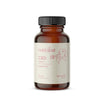
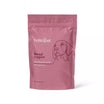
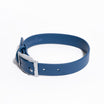
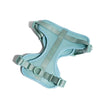
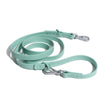
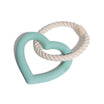
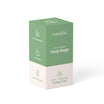
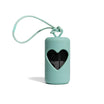

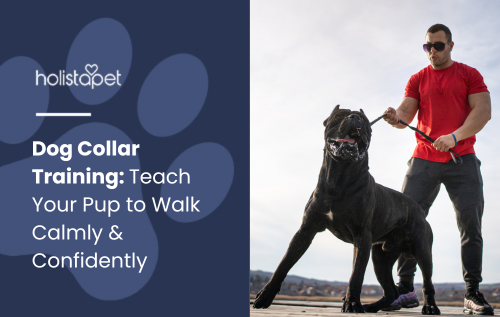

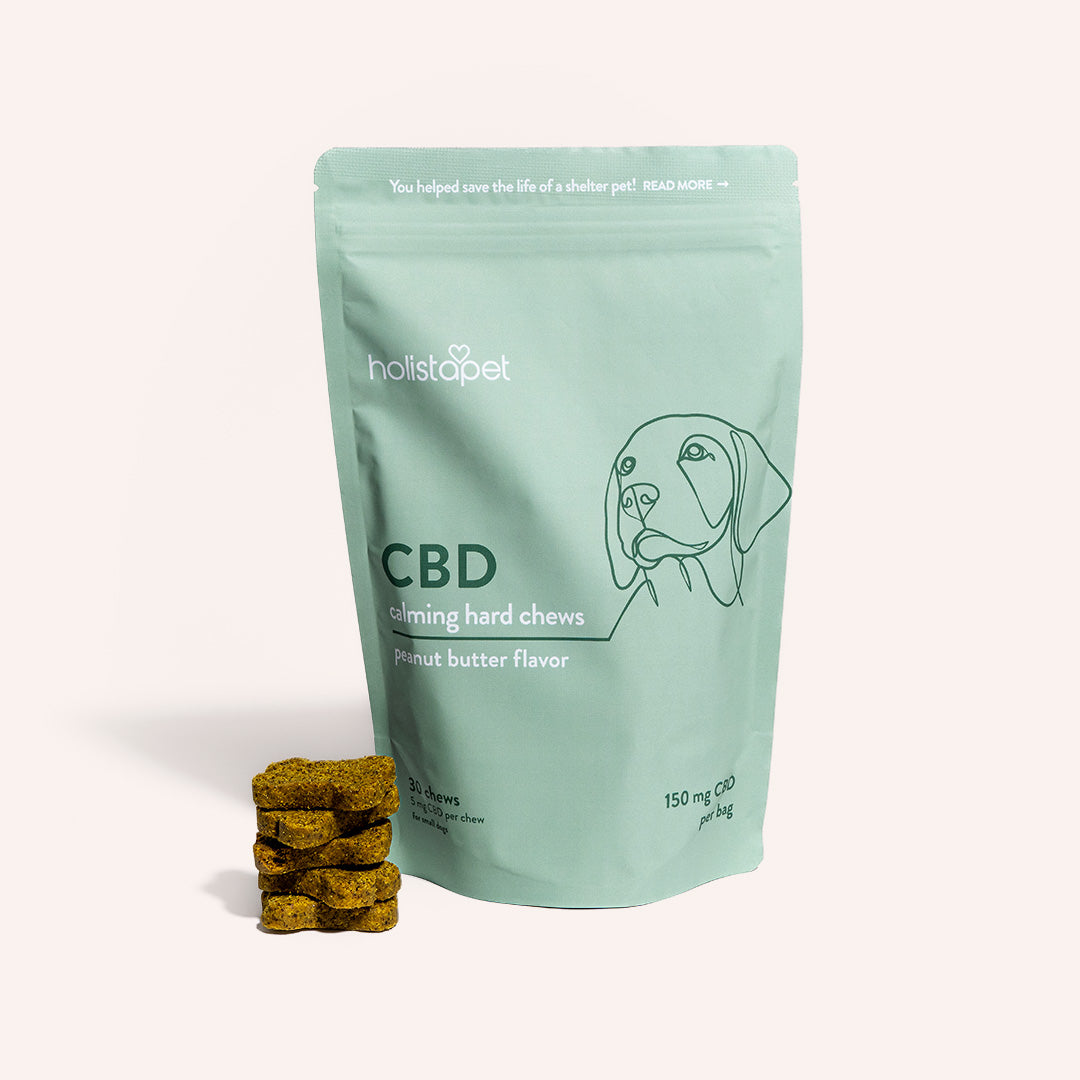
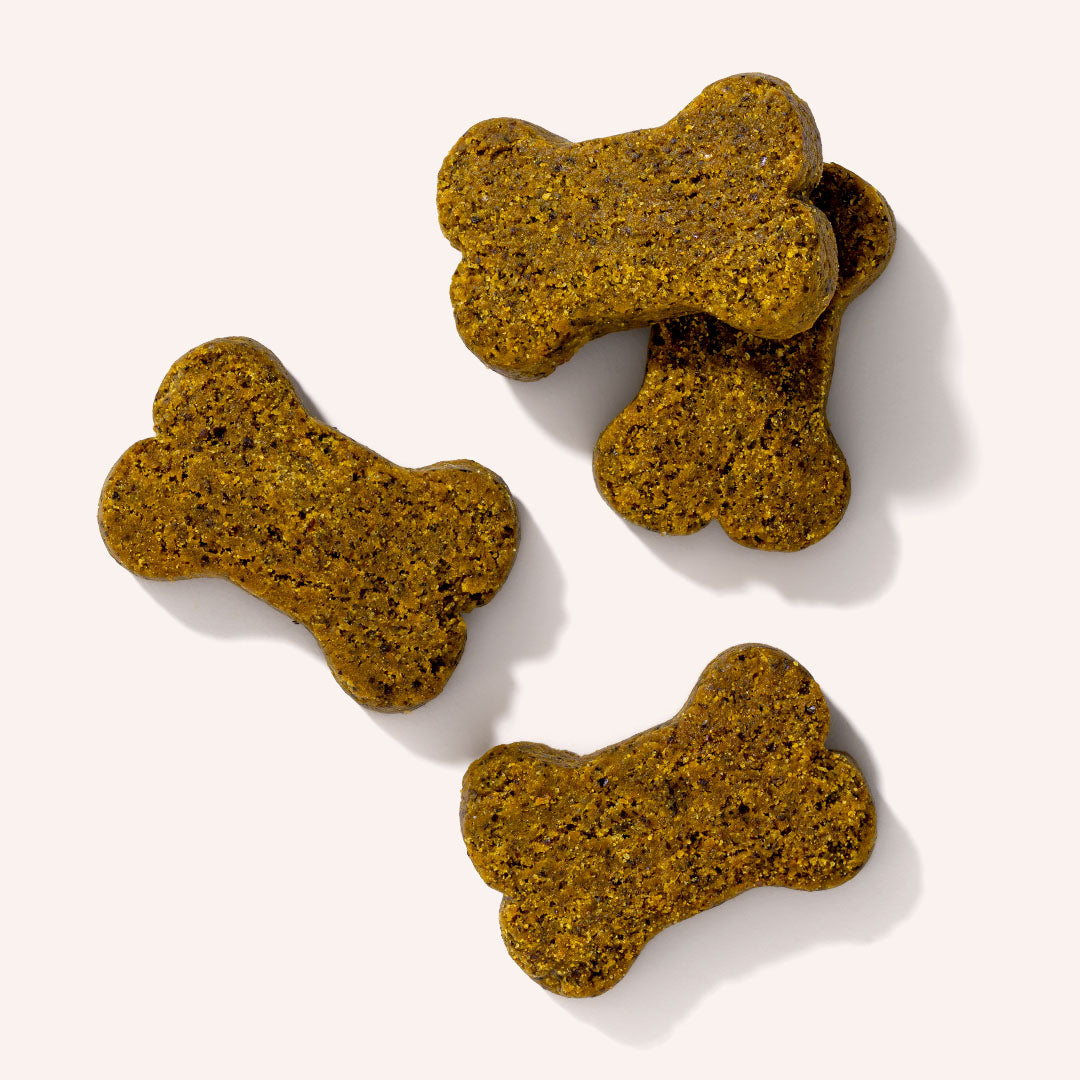
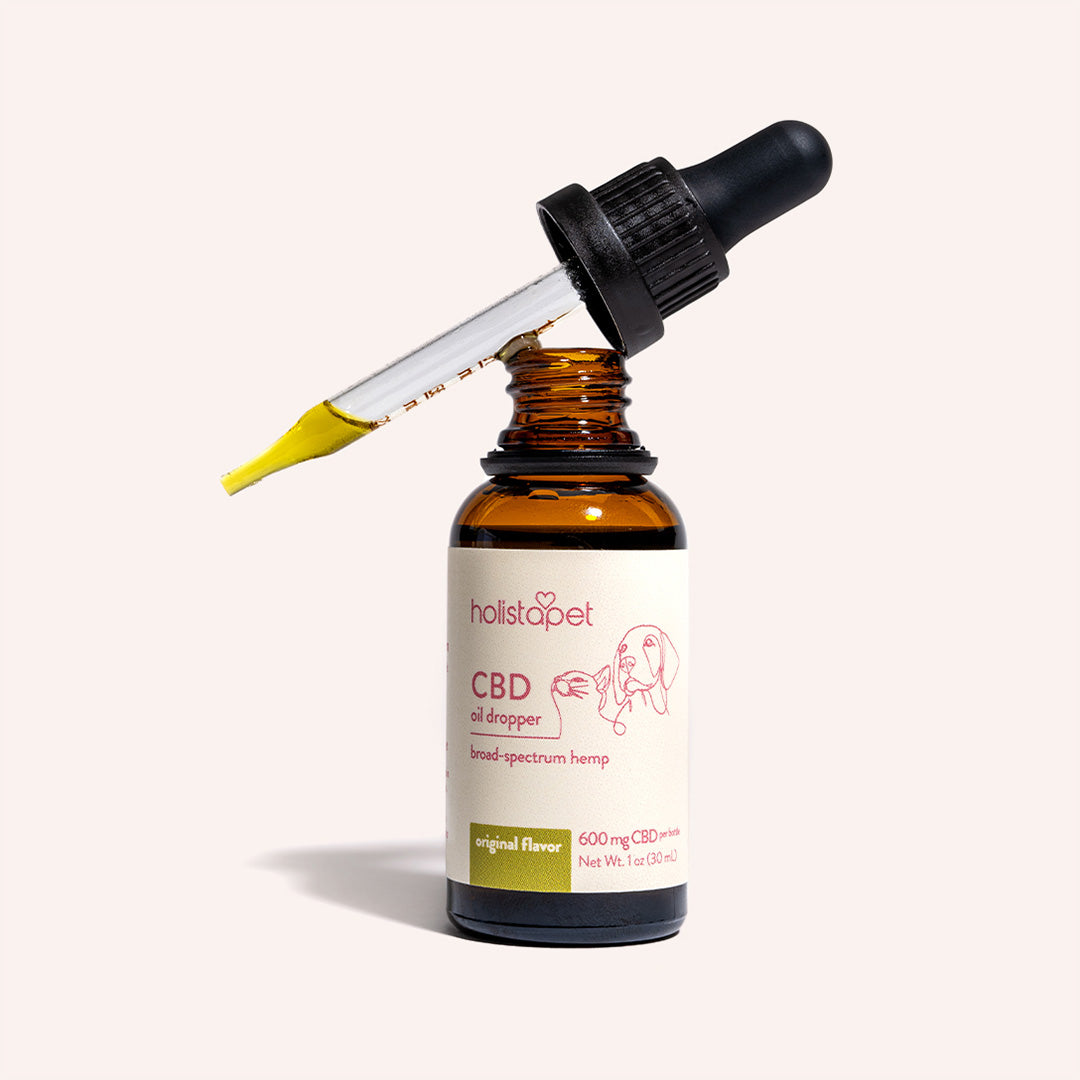
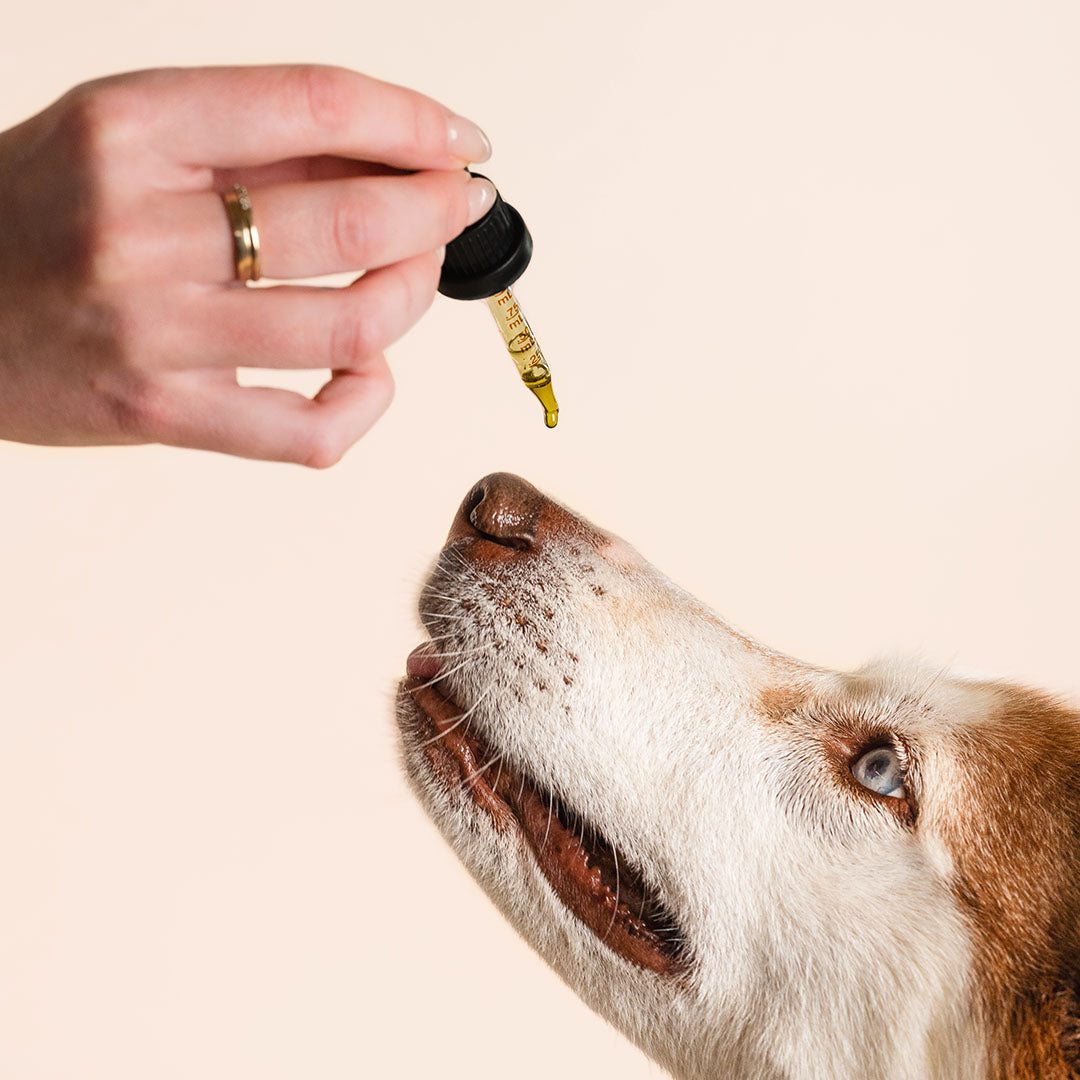
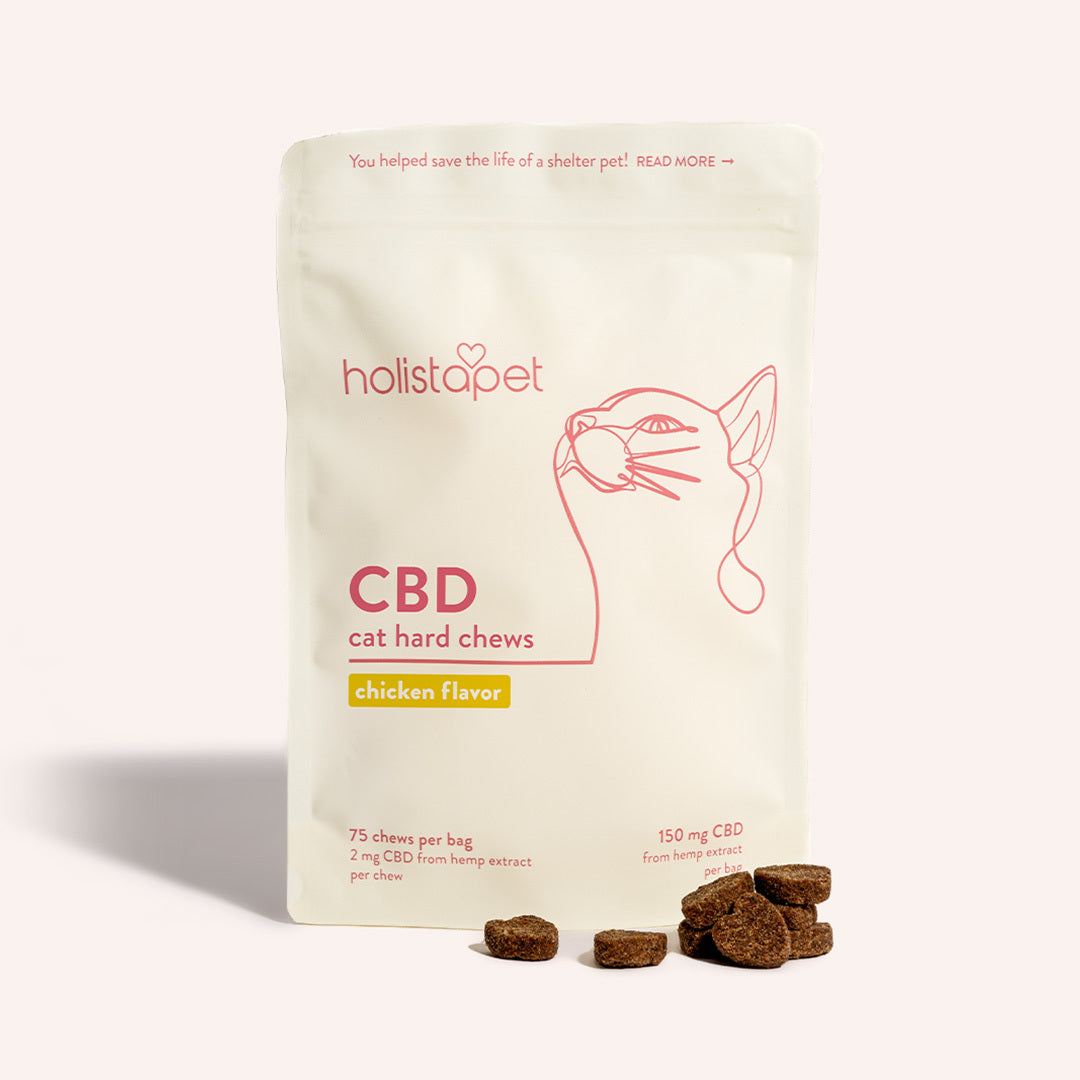
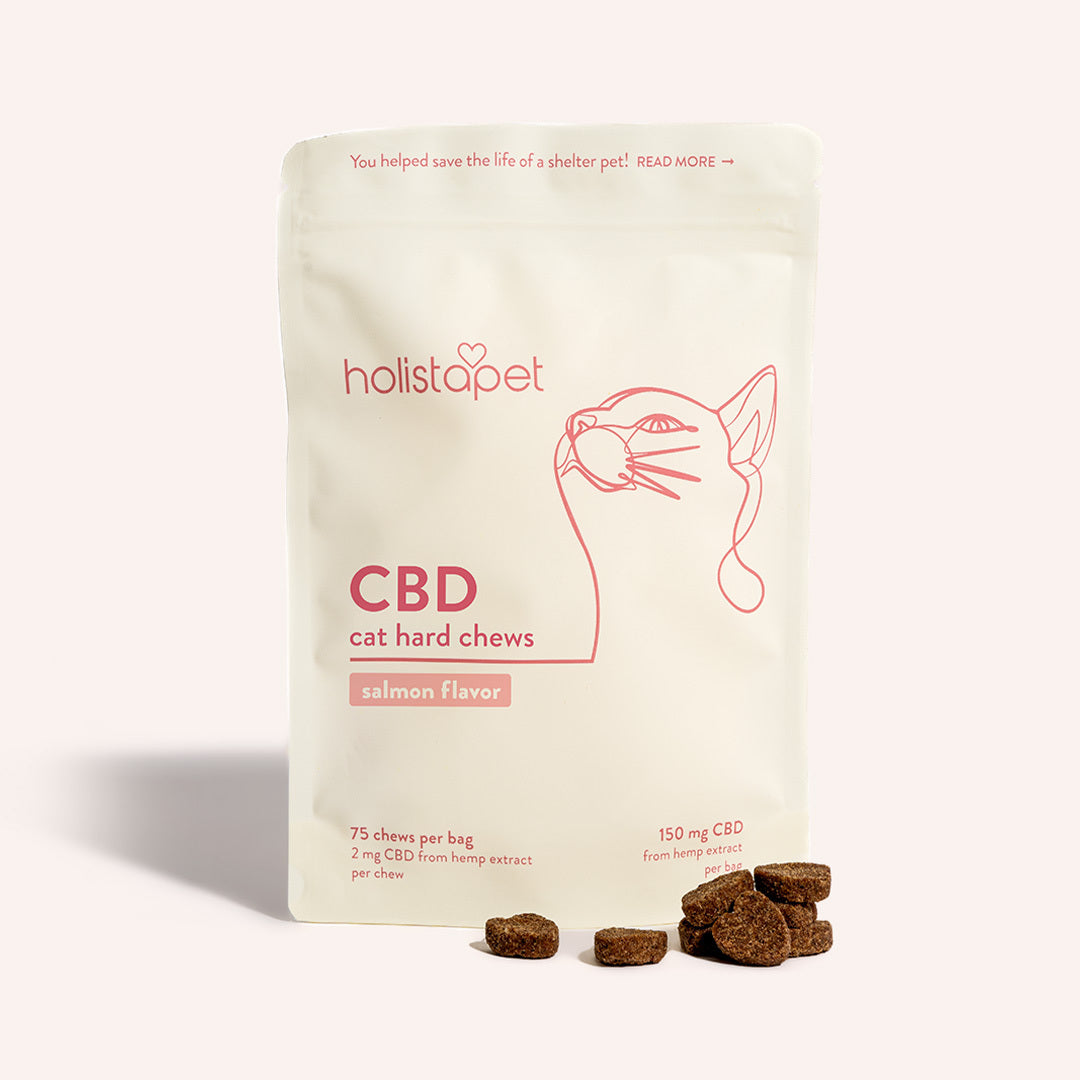
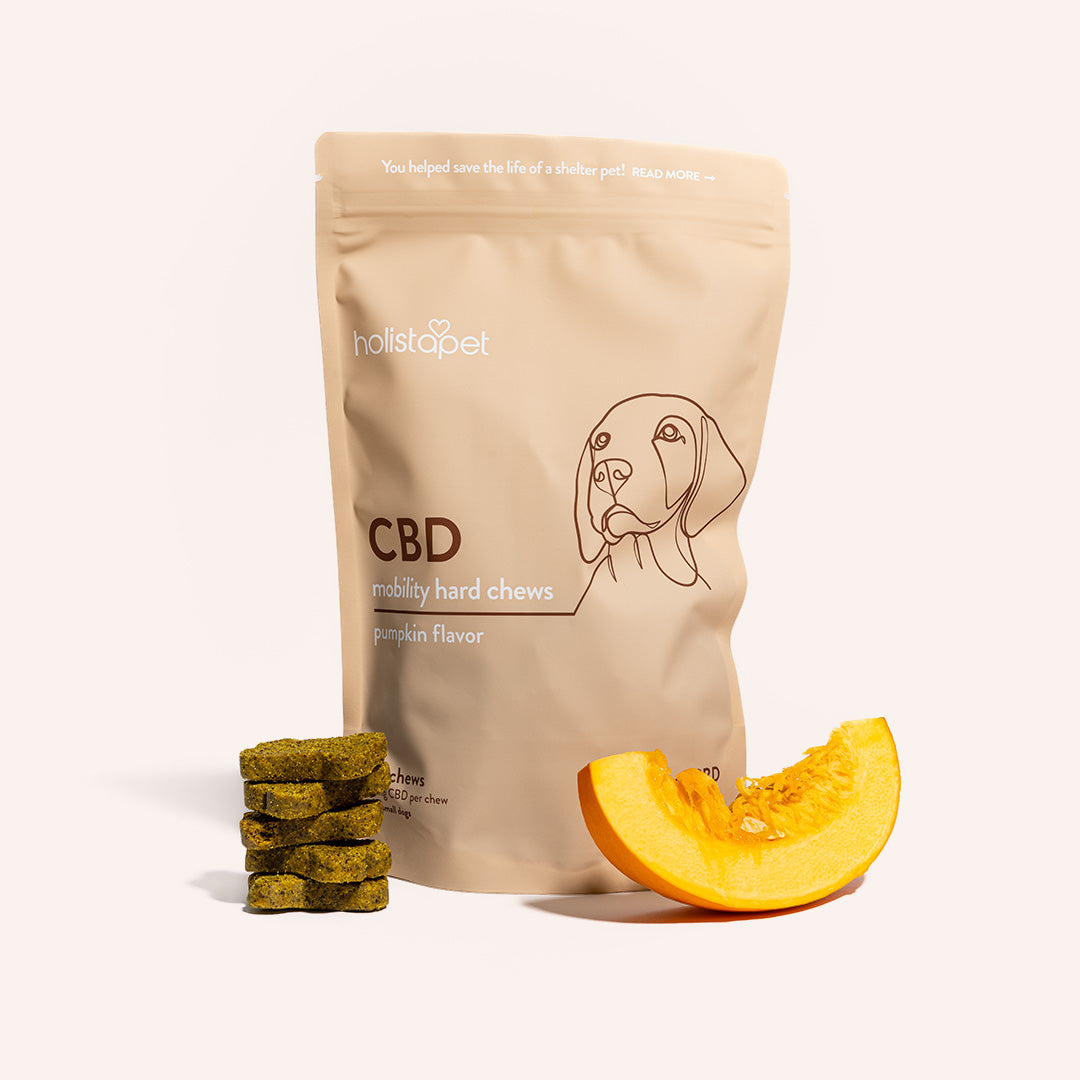
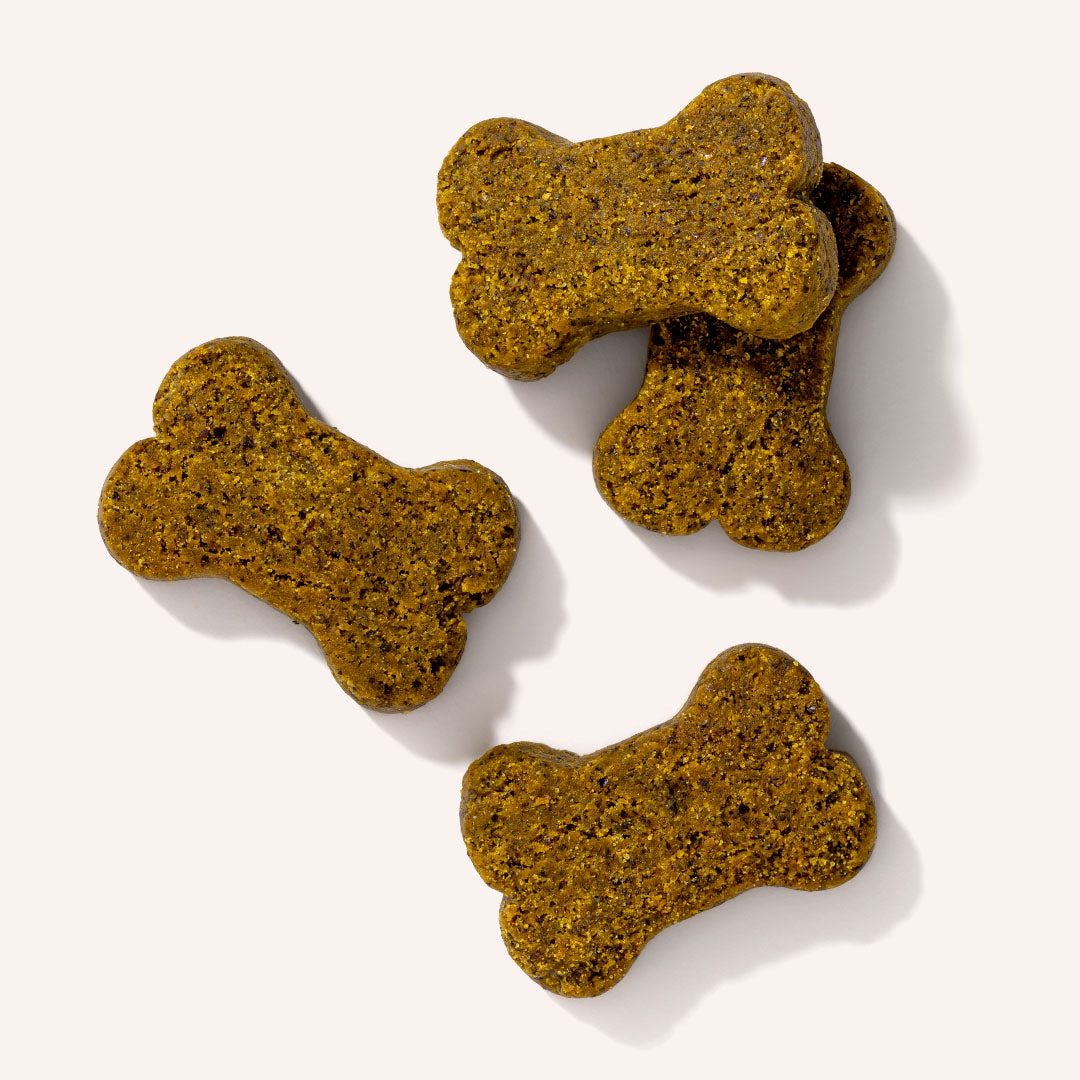

Leave a comment
All comments are moderated before being published.
This site is protected by hCaptcha and the hCaptcha Privacy Policy and Terms of Service apply.